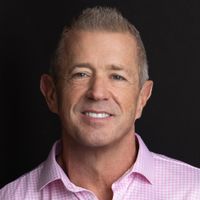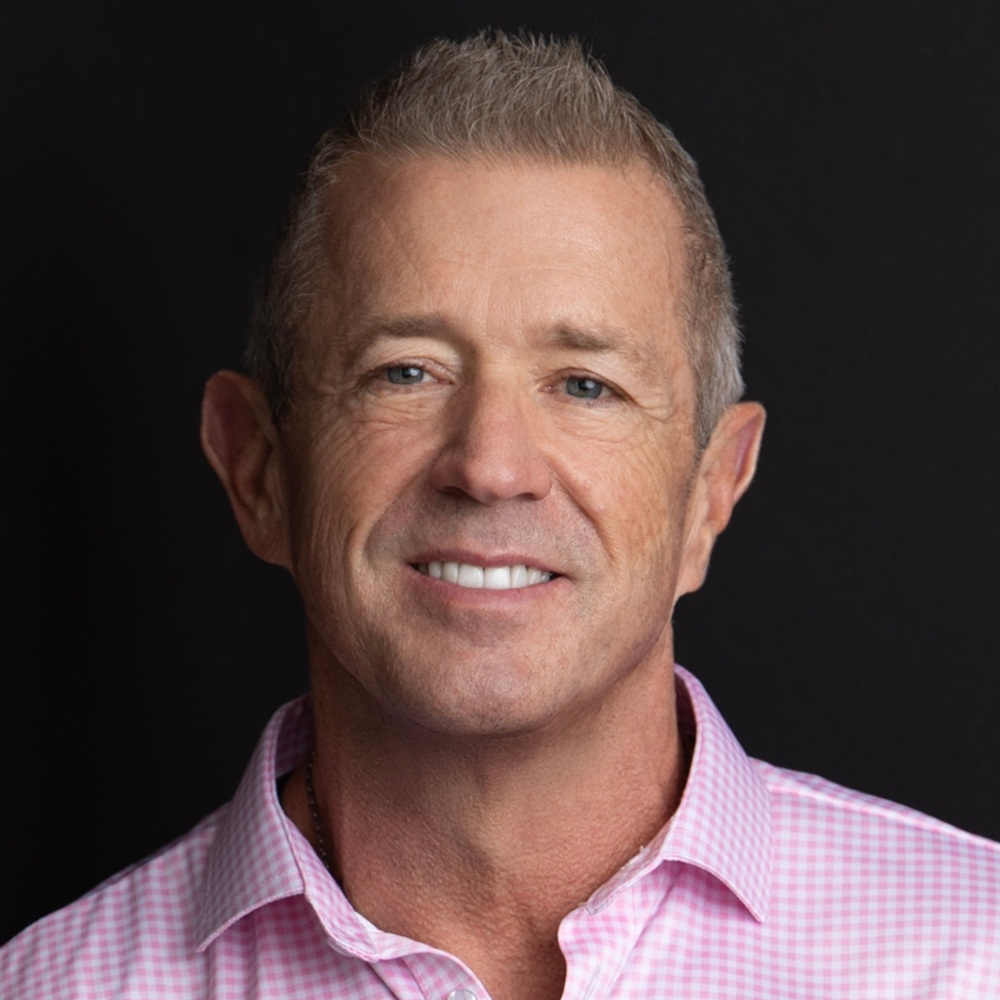Can I 1031 into a Qualified Opportunity Zone?
There is a short answer and a long, interesting answer that could save investors thousands of dollars. Let’s explore the ins and outs to help you make the best call for your investment dollars.


It is a well-known fact that the IRS is loath to extend tax deferrals and even more reluctant to eliminate taxes entirely. So when such tax breaks are available, it’s smart to take full advantage of them.
To that end, we’ve been talking a lot over the last several years about two such programs, one of which has existed for decades and has been revised multiple times, and the other which came into being with the bipartisan Tax Cuts and Jobs Act of 2017.
1031 Exchange
A 1031 exchange enables real estate investors to exchange one investment property for another, utilizing a series of rules and procedures that, when followed to the letter, defer or even eliminate capital gains taxes on the properties in question.
From just $107.88 $24.99 for Kiplinger Personal Finance
Become a smarter, better informed investor. Subscribe from just $107.88 $24.99, plus get up to 4 Special Issues

Sign up for Kiplinger’s Free Newsletters
Profit and prosper with the best of expert advice on investing, taxes, retirement, personal finance and more - straight to your e-mail.
Profit and prosper with the best of expert advice - straight to your e-mail.
Qualified Opportunity Zones
Meanwhile, qualified opportunity zone investments (the newer opportunity for taxpayers) empower investors to make selected investments in designated geographic areas, utilizing the realized gain from a previous investment (real estate or otherwise) to make the investment, thus deferring and/or reducing their capital gains taxes as well. (My new masterclass covers qualified opportunity zones.)
Savvy real estate investors have acquainted themselves with the ins and outs of these programs, each of which requires strict adherence to multiple conditions in order to realize the tremendous tax benefits afforded by doing so. And as they acquaint themselves with each, a common question arises:
With 1031 exchanges and QOZ funds, is there a way to get the best of both worlds by combining the programs? Can I 1031 into a QOZ?
The short answer, unfortunately, is no.
A 1031 exchange is also known as a “like-kind” exchange, and for a 1031 exchange to succeed, a replacement property must be identified within 45 days of the sale of the original property. To help with that, here’s an excellent free infographic that you can download about the typical 1031 exchange timeline.
QOZ investments are funds, not properties; as such, they do not qualify as “like-kind” replacement properties for 1031 exchange purposes. So that would seem to be the end of the conversation.
But the long answer is more complicated and possibly more interesting to tax-averse investors.
While there is no mechanism to engineer a 1031 exchange directly into a QOZ fund, a QOZ fund can in fact serve as a sort of fallback strategy for an investor who has already initiated a 1031 exchange. As soon as the 1031 exchange has been initiated, an investor has 45 days to identify at least one (and as many as three) candidates for a replacement property (and 180 days from initiation to close the deal). During that 45-day period, however, the investor may choose to notify their qualified intermediary that they haven’t identified a suitable property and wish instead to receive their 1031 exchange proceeds.
On day 46, the qualified intermediary (QI) would release the proceeds to the investor, thus ending the 1031 exchange, but providing an additional 135 days (180 days total) from the sale of the relinquished property to make a subsequent investment into a QOZ fund. The capital gains tax for that transaction would then be deferred until the end of 2026. However, there is pending legislation that the date may be extended, and additional capital gains earned with the QOZ investment itself will also be deferred until the sale of the QOZ fund, or eliminated entirely if the fund is held for at least 10 years.
Of course, a real estate investor can also decide to use QOZ funds as an investment tactic upon the sale of their investment property, without engaging a 1031 exchange at all. They would simply take immediate receipt of the proceeds of the sale of their property and make a subsequent investment in a suitable QOZ fund within 180 days of the sale.
There are pros and cons to any approach, and the strategy outlined above is no different.
Consider the Pros
Increased control over your assets. Since a QOZ fund requires no qualified intermediary, you are in possession of your own funds as soon as you terminate the 1031 exchange, and you can use them as you see fit until you make the subsequent QOZ investment. Of course, with great power comes great responsibility. You must still adhere to the 180-day timeline from the sale of the original property to place the proceeds into a QOZ fund. If not, then on day 181, you lose the tax-deferral benefit forever, and the tax will be due on the capital gains from the original sale.
The ability to downsize your investment. Unlike a 1031 exchange, only the amount of the capital gain needs to be reinvested into a QOZ fund, thus liberating the remaining proceeds for use as you see fit. According to 1031 exchange rules, the entire amount must be redeployed into the acquisition of the replacement, or like-kind, property, as well as an amount equal to or greater than any debt paid off during the original sale.
Salvaging (at least some) tax benefits from a failed 1031 exchange. Recall that a replacement property must be identified within 45 days of the original property’s sale; failure to identify a property in that window ends the tax benefits specific to a 1031 exchange. But pivoting to a QOZ fund affords the investor an additional 135 days to identify a suitable investment and retain the tax benefits that are associated with QOZ investing.
The ability to diversify your investment. Rather than seeking out a like-kind replacement property, usually going from a large property to an even larger one, choosing a QOZ fund allows you to diversify geographically. You can expand the number of properties more easily than with a 1031 exchange, diversify the type of holdings instead of being restricted to a “like-kind” requirement and target your investment dollars to a municipality or a neighborhood in dire need of them.
Potential Cons
The loss of tax benefits specific to a 1031 exchange. Like-kind exchanges enable the investor to defer capital gains indefinitely, with no trigger date forcing the sale of the asset. In fact, should the investor choose to hold the property until death, their heirs would receive a stepped-up cost basis that would eliminate the capital gains tax entirely! Switching from a 1031 exchange to a QOZ fund continues the tax deferral, but only until the end of 2026, at which point that capital gains tax must be paid. Further taxes on gains within the QOZ fund are paid upon sale of the fund, unless it is held for 10 years, at which point those taxes are eliminated entirely.
The uncertain future of opportunity zones. It is true that the concept of opportunity zones first had its inception as an idea during the Obama administration. It was brought to fruition in the form of the Tax Cuts and Jobs Act of 2017 during the Trump administration and enjoyed (and continues to enjoy) broad bipartisan support, not only for continuation but for possible expansion and extension beyond its currently planned Dec. 31, 2026, expiration. It is also true that QOZ funds are often cited for unfairly benefiting wealthy investors and that their track record of six years pales in comparison to that of 1031 exchanges, which have existed for over a century. Revision or repeal of the OZ law is always a possibility, which creates further uncertainty for investors.
There’s no one-size-fits-all right answer, of course. As always, it's critical for an investor to carefully consider their long- and short-term goals, as well as their income and equity objectives. Qualified opportunity zones and 1031 exchanges both have their respective pros and cons, as illustrated above. A knowledgeable planner and tax team can help an investor determine which strategy or combination of strategies can best serve an investor's needs.
Daniel C. Goodwin, Provident Wealth Advisors and AAG Capital, Inc. are not attorneys and do not provide legal advice. Nothing in this infographic should be construed as legal or tax advice. An investor would always be advised to seek competent legal and tax counsel for his or her own unique situation and state-specific laws. Visit our website at www.provident1031.com.
Profit and prosper with the best of Kiplinger's advice on investing, taxes, retirement, personal finance and much more. Delivered daily. Enter your email in the box and click Sign Me Up.

Daniel Goodwin is a Kiplinger contributor on various financial planning topics and has also been featured in U.S. News and World Report, FOX 26 News, Business Management Daily and BankRate Inc. He is the author of the book "Live Smart - Retire Rich" and is the Masterclass Instructor of a 1031 DST Masterclass at www.Provident1031.com. Daniel regularly gives back to his community by serving as a mentor at the Sam Houston State University College of Business. He is the Chief Investment Strategist at Provident Wealth Advisors, a Registered Investment Advisory firm in The Woodlands, Texas. Daniel's professional licenses include Series 65, 6, 63 and 22. Daniel’s gift is making the complex simple and encouraging families to take actionable steps today to pursue their financial goals of tomorrow.
-
 I'm want to give my 3 grandkids $5K each for Christmas.
I'm want to give my 3 grandkids $5K each for Christmas.You're comfortably retired and want to give your grandkids a big Christmas check, but their parents are worried they might spend it all. We ask the pros for help.
-
 If You're Not Doing Roth Conversions, You Need to Read This
If You're Not Doing Roth Conversions, You Need to Read ThisRoth conversions and other Roth strategies can be complex, but don't dismiss these tax planning tools outright. They could really work for you and your heirs.
-
 Could Traditional Retirement Expectations Be Killing Us?
Could Traditional Retirement Expectations Be Killing Us?A retirement psychologist makes the case: A fulfilling retirement begins with a blueprint for living, rather than simply the accumulation of a large nest egg.
-
 I'm a Financial Planner: If You're Not Doing Roth Conversions, You Need to Read This
I'm a Financial Planner: If You're Not Doing Roth Conversions, You Need to Read ThisRoth conversions and other Roth strategies can be complex, but don't dismiss these tax planning tools outright. They could really work for you and your heirs.
-
 Could Traditional Retirement Expectations Be Killing Us? A Retirement Psychologist Makes the Case
Could Traditional Retirement Expectations Be Killing Us? A Retirement Psychologist Makes the CaseA retirement psychologist makes the case: A fulfilling retirement begins with a blueprint for living, rather than simply the accumulation of a large nest egg.
-
 I'm a Financial Adviser: This Is How You Can Adapt to Social Security Uncertainty
I'm a Financial Adviser: This Is How You Can Adapt to Social Security UncertaintyRather than letting the unknowns make you anxious, focus on building a flexible income strategy that can adapt to possible future Social Security changes.
-
 I'm a Financial Planner for Millionaires: Here's How to Give Your Kids Cash Gifts Without Triggering IRS Paperwork
I'm a Financial Planner for Millionaires: Here's How to Give Your Kids Cash Gifts Without Triggering IRS PaperworkMost people can gift large sums without paying tax or filing a return, especially by structuring gifts across two tax years or splitting gifts with a spouse.
-
 'Boomer Candy' Investments Might Seem Sweet, But They Can Have a Sour Aftertaste
'Boomer Candy' Investments Might Seem Sweet, But They Can Have a Sour AftertasteProducts such as index annuities, structured notes and buffered ETFs might seem appealing, but sometimes they can rob you of flexibility and trap your capital.
-
 Quick Question: Are You Planning for a 20-Year Retirement or a 30-Year Retirement?
Quick Question: Are You Planning for a 20-Year Retirement or a 30-Year Retirement?You probably should be planning for a much longer retirement than you are. To avoid running out of retirement savings, you really need to make a plan.
-
 Don't Get Caught by the Medicare Tax Torpedo: A Retirement Expert's Tips to Steer Clear
Don't Get Caught by the Medicare Tax Torpedo: A Retirement Expert's Tips to Steer ClearBetter beware, because if you go even $1 over an important income threshold, your Medicare premiums could rise exponentially due to IRMAA surcharges.
-
 I'm an Insurance Pro: Going Without Life Insurance Is Like Driving Without a Seat Belt Because You Don't Plan to Crash
I'm an Insurance Pro: Going Without Life Insurance Is Like Driving Without a Seat Belt Because You Don't Plan to CrashLife insurance is that boring-but-crucial thing you really need to get now so that your family doesn't have to launch a GoFundMe when you're gone.